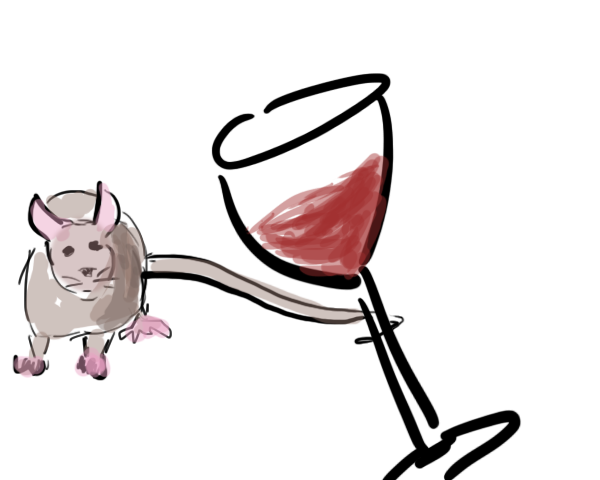My Answer to the Wine Problem
If you haven’t tried the problem, I suggest you try it first!
You are a day away from your grand opening of an restaurant. There are 1000 bottles of wine, one of which contains poison, which kills the drunkee (technical term) the very next day. You have 10 lab rats that you can test as many wines on them as possible. How many bottles can you GUARANTEE to not be poisonous? (Note: You aren’t very lucky)
Scroll Down for my answer
———-
At first I thought, what if I gave each rat 100 wines to test, therefore, the next day, which ever rat dies, one of the 100 bottles they ‘monitored’ would be poisonous, thus 900 would be guaranteed.
You could continue with this thought, but split the wines into 11 groups, one group to be not tested. If no rats died, then the group that wasn’t tested would be the poisonous, thus ~910 wines would be guaranteed.
Then I was thinking, since only one bottle of wine is poisonous, I could have each group of wines be tested by 2 rats, and the combination of the rats that died would tell me the group of wines that contained the poisonous wine. I got it to split the wines into 35 groups, thus ~971 wines would be guaranteed.
But then, BINARY … What if each wine was a number, and I converted that number into base 2. That would mean, that there would be 2^10 (1024) different numbers I could choose. Finally the problem is solved 999 wines would be guaranteed. no profit would be lost.
Ex. Wine 25 would be 0000011001, thus if the 6th, 7th and 10th rat died, it had to be wine 25.

I feel like most people just think 900, then 910, then 999. Why would you want to get 971?